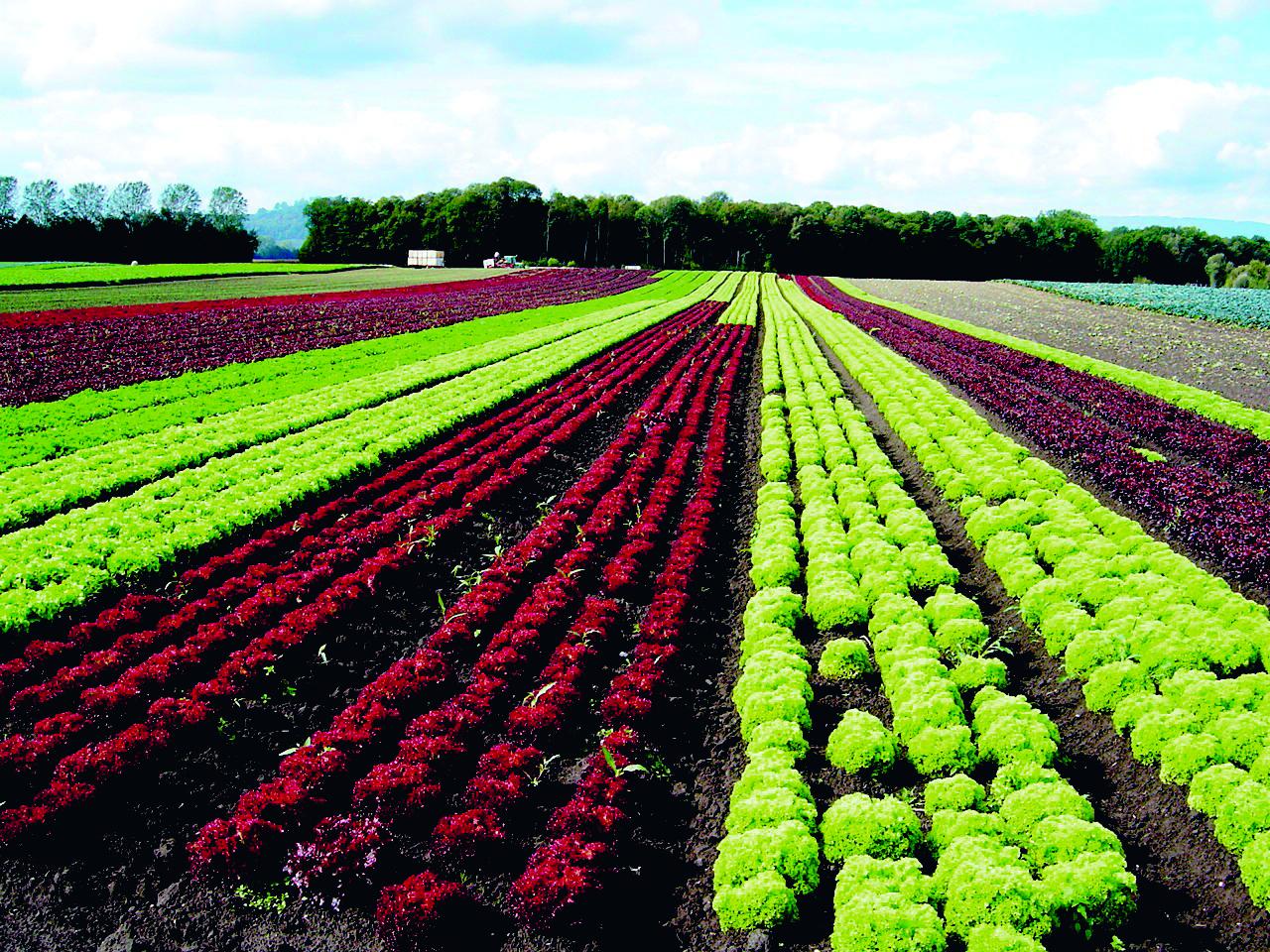The Seeland is a vast plain situated in the Three Lakes Region, part of which is located in the north of the Fribourg countryside.
Specialising in market gardening due to its fertile soil and agreeable climate, it has been nicknamed, "The kitchen garden of Switzerland."
A market garden trail makes it possible to walk or cycle in the middle of the fields, between the hedges and the canals. More than 60 varieties of vegetables are cultivated in this magnificent region, such as rhubarb and asparagus, two foodstuffs which typify the coming of spring.
Rhubarb
The cultivation of this plant, classed as a vegetable by botanists, is a speciality that cannot be ignored by the farmers of the Seeland. There are six or seven varieties, including that from the Vully.
The crop can be harvested twice, the first at the beginning of April and the second from the month of May to mid June. It is carried out entirely by hand, "Rhubarb from the first harvest is often less acidic and less stringy. As for the colour, it has absolutely nothing to do with the taste. People think that the redder the rhubarb, the less acid it is. This is false!" explains Alexandre Javet.
Traditionally eaten in a tart or stewed, rhubarb can also be really enjoyed with savoury dishes. The favourite of Alexandre Javet? "Tiramisu with rhubarb: the balance between the mascarpone and the acidity of the rhubarb is a real success!"
Asparagus
Although several varieties exist, it is the white asparagus which is primarily cultivated in the Seeland. It grows completely under the soil, which gives it its subtle or delicate taste. If you follow the market garden trail, you will automatically reach the fields of Beat Notz, the farmer at Kerzers.
"White asparagus is a speciality of the village. Plenty of visitors from Neuchâtel or Berne come here to taste our asparagus." The trick to really enjoying the flavour of asparagus? "Ideally, it should be harvested in the morning and eaten in the evening. The cooking is also very important: 12 minutes in boiling water, before being removed from the heat. They should then be left, still in the water for around 10 minutes. When they no longer float, they are ready." To be enjoyed with a hollandaise sauce.



